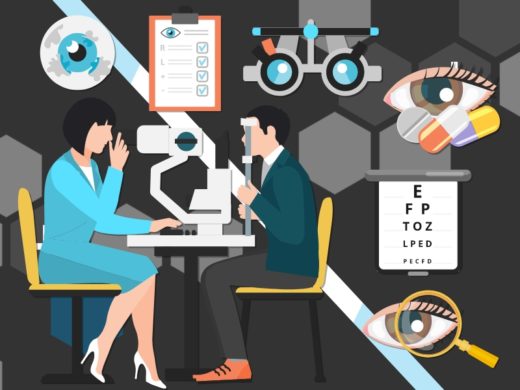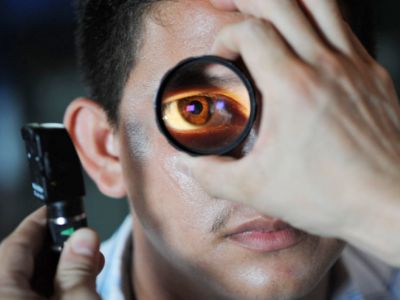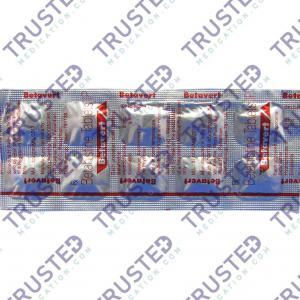
Refractive errors are a type of vision problem that makes it hard to see clearly. Refractive errors are the most common type of vision problem. These happen when the shape of your eye keeps light from focusing correctly on your retina. The result of refractive errors is blurred vision, which is sometimes so severe that it causes visual impairment.
Symptoms of Refractive Errors
- Hazy vision
- Double vision
- Seeing halo or glare around bright lights
- Headaches
- Squinting
- Eye strain
- Trouble focusing when reading or looking at a computer
What are the Types of Refractive Error?

- Farsightedness. It is a refractive error that makes nearby objects look blurry. It happens when the shape of the eye makes light focus behind the retina instead of on it. The cause of farsightedness is either an eyeball that becomes too short from front to back or a dysfunctional cornea.
- Astigmatism. You may experience blurred or distorted vision due to this common eye problem. It happens when your cornea has a different shape than normal. There are no specific causes of astigmatism, and there is no way to prevent it. People with astigmatism are sometimes born with it, but others develop it as children or young adults, and some develop it after an eye injury.
- Nearsightedness. It is a refractive error that makes far-away objects look blurry. It occurs when the shape of the eye causes light to focus in front of the retina instead of on it. If you have mild nearsightedness, you may not notice any symptoms. Therefore, it’s important to get regular eye exams to ensure you are seeing as clearly as possible.
- Presbyopia. People who are middle-aged or older may have presbyopia, a refractive error that makes a close-up view difficult. Light cannot focus correctly on the retina because the lens stops focusing. Presbyopia is a normal part of aging and it may get worst over time.
What is the Treatment of Refractive Errors?
- Glasses. Eyeglasses are the simplest and safest way to correct refractive errors. To ensure that you have the best vision, your eye doctor will prescribe the correct eyeglass lenses.
- Surgery. The shape of the cornea can be changed through certain types of surgery, such as laser eye surgery. Your eye doctor can help you decide if surgery is right for you.
- Contacts. Your contact lenses correct your refractive error by sitting on the surface of your eyes. Fitting you for the right lenses and showing you how to wear and clean them properly is part of your eye doctor’s job.
Does Travatan Treats Refractive Errors?
Travatan is used for the treatment of increased fluid pressure in the eye due to open-angle glaucoma and other eye diseases. If the refractive errors lead to pressure or occur as a result of glaucoma, using Travatan can help. Decreasing the pressure in the eye helps prevent eye blindness and other eye complications.







